The Difference Between A Pickup And A Pickup
 One kind of pickup.
One kind of pickup.
For the record, our film is hovering around 1 hour 44 minutes.
We just moved our portable editing suite (which isn’t really all the portable) from the yellow house in Athens, Ohio to a weathered cedar (not yellow) house on Cape Cod to see what effect a little sun and salt air has on the ol’ 1-44. Our next stop will be back on location in southwest Minnesota … spreading out across South Dakota and maybe a little Wyoming… for pickups*. Thankfully we won’t have to re-shoot any of the scenes with our actors but nonetheless, each pickup shot has to be planned and scheduled. One example of a ‘pickup’ on our list is a boom shot of a tractor pulling a manure spreader into town, past the town line sign. Why isn’t anything ever easy!?
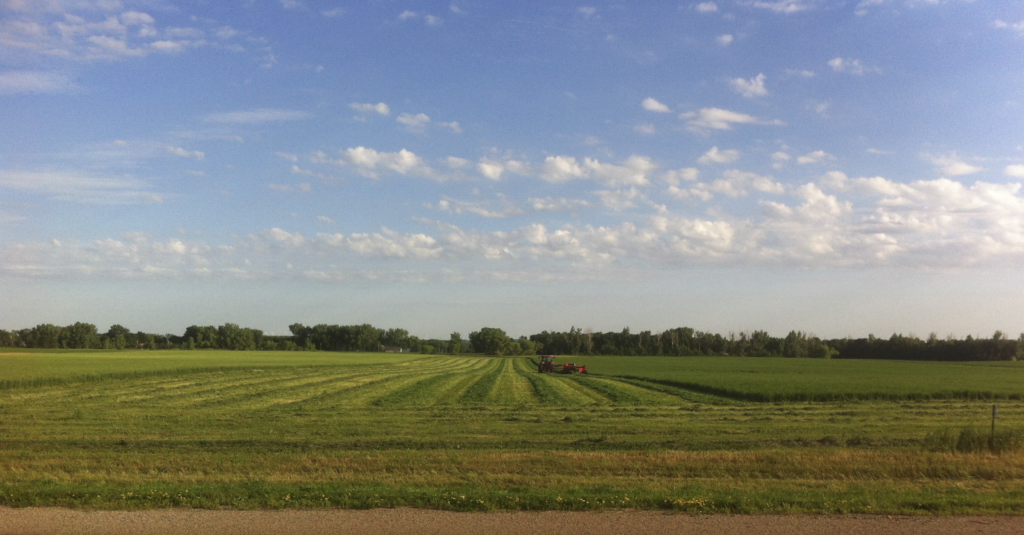 We shot this on location somewhere around Tyler last summer and for our pickups, we have to wait until the countryside looks like this so the shots we get this year will match the shots we got last year.
We shot this on location somewhere around Tyler last summer and for our pickups, we have to wait until the countryside looks like this so the shots we get this year will match the shots we got last year.
*in filmmaking, a pickup is a shot filmed after principle photography has ended. It enhances the narrative and may be used for a transition, to fill in gaps, smooth or join cuts. The need for a pickup often becomes obvious during the editing process.
p.s. Kathy’s Dad Howard (Barry’s stunt double) says he gets asked all the time when the film will be ‘out’ in fact the other morning at coffee he heard it was already out.
Lock Down

The film is down to 1 hour 48 minutes. That’s 12 minutes (a lot of frames (17,280) shorter than last time we talked) and we still have all the scenes except the one casualty from last month. In 3 to 4 weeks we should be able to lock the picture (‘picture lock’ in film speak).* This doesn’t mean the editor would have to break something to get in to a make a change but at that point changes would be time consuming and expensive. For instance, the film score (composed after ‘picture lock’) is written to coincide to specific movement and emotions of the film…something you don’t want to mess with once it’s done.
*’Picture lock’ is a stage during the film edit. It occurs after which all revisions that change time or selected shots are done. ‘Picture lock’ is essential so sound, visual effects and color editing can be proceed without having to be redone.
Just A Second
Our rough cut is now a smoother rough cut but it’s still about 2 hours long so we’re trying to figure out how to shave off 20 or 30 minutes which is not a lot if you are talking about driving from NY to LA but is a lot if you’re talking about a film. Shaving off a few frames here and a few seconds there helps but at 24 frames/second, that’s around 28,000 frames so we have to start thinking about getting rid of whole scenes (as if we haven’t been thinking about that the whole time!). With over a hundred thirty scenes you wouldn’t think that getting rid of a couple of them would be a big deal but every scene was so painstakingly produced with writing, locations, actors, community and family support, lighting, shooting, eating, memories, money etc., that it is a big deal.
So, what do you do?
You sit down in front of your film with someone that doesn’t have all of those personal associations and more experience than we’ll ever have. In our case that person is Harry Keramidas (editor ‘Back To The Future’…yes, I know I’ve told you that before).
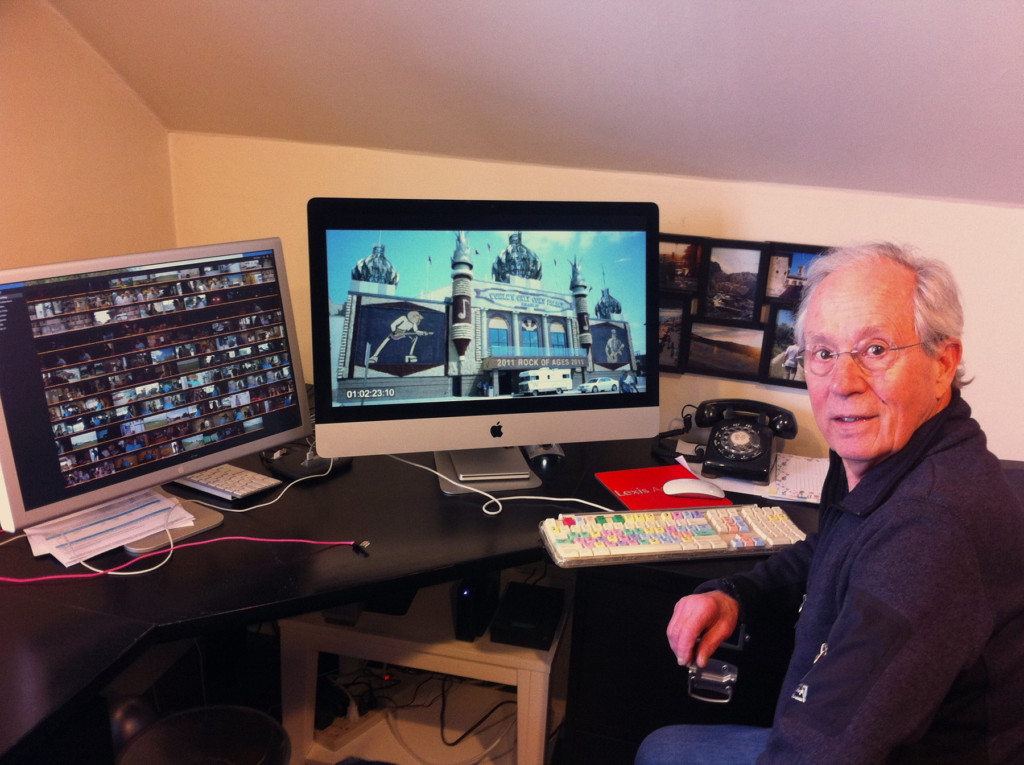
Harry dissects our cut in his editing suite.
Last week we sent Harry a dvd. He loaded it into Final Cut Pro and cut it apart. Then yesterday we drove to his home Western Mass and sat with him for 8 hours discussing which of the 28,000 frames we didn’t need. We all decided on at least one scene we could save for the dvd bonus features (ie. cutting room floor) but I won’t say which one.
‘Hap and Ashley’ is still our title for now. We’re not sure when updating a working-title becomes an emergency so we’re continuing to add and subtract from our potential film name list…a list that we’ve managed to bring down below 200 possibilities.
Break-time at Yellowhouse World Headquarters…
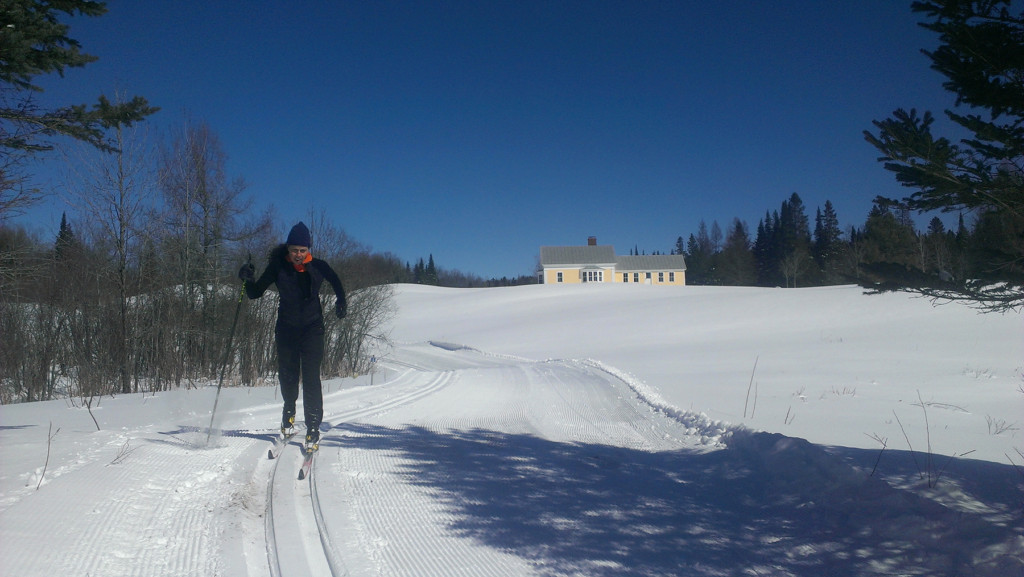
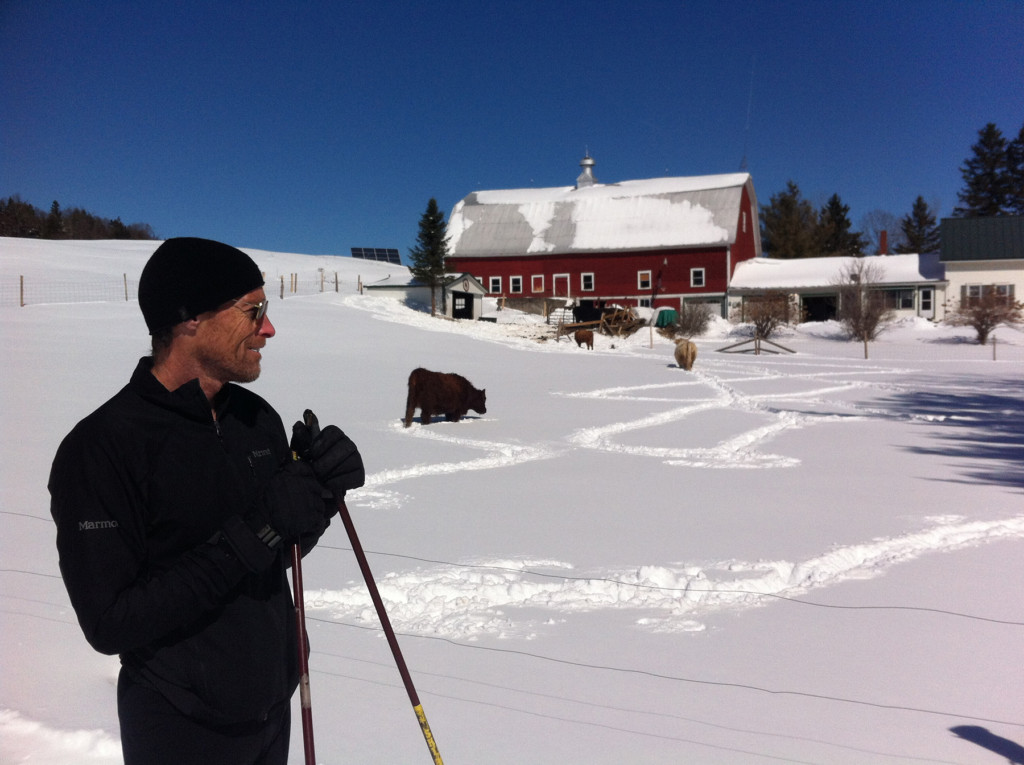
…we edit a lot but not all the time!
See you in April!
Breaking the Bank

Ines Peter as Iney, the bank teller, makes change for Hap while Brent Teclaw furiously adds numbers…with a pen!
Let’s say you’re shooting a film and one of the scenes takes place in a bank. You’re a stranger in town and trying to convince the banker it would be a good idea for him to let you use his bank as a location. You tell him your crew of 25 plus actors and extras needs to eat 2 meals while they’re there and you’ll be shooting until 11 pm. Plus that 20 foot Penske truck he’s seen driving around? It’s full of equipment and it all has to come in. What do you do?
- You tell him you’d need to get into the vault then tell him you’re kidding so your other requests seem less overwhelming.
- You wait until the cleaning crew shows up then tell them the banker said it was fine for them to let you in.
- You re-write the scene to take place in a laundromat.
While all three are good options, an even better one is when Greg, the banker, was one of your 52 high school classmates. Greg Peter sat right in front of me (Kathy) in most of my classes (he was a ‘P’ and I was an ‘S’ (there were no ‘Q’s and only one ‘R’) so we were always close. When I asked Greg if we could shoot in his bank he said ‘yes’ before I even finished asking. Then, when the bank teller we’d cast a month earlier, while we were all playing BINGO at the nursing home, had to drop out (the morning of) because of her daughter’s (also a classmate of Kathy’s) surprise visit from Iowa, I read my wish list of bank tellers to Greg. Five minutes later I got a text. ‘Mom will do it.’
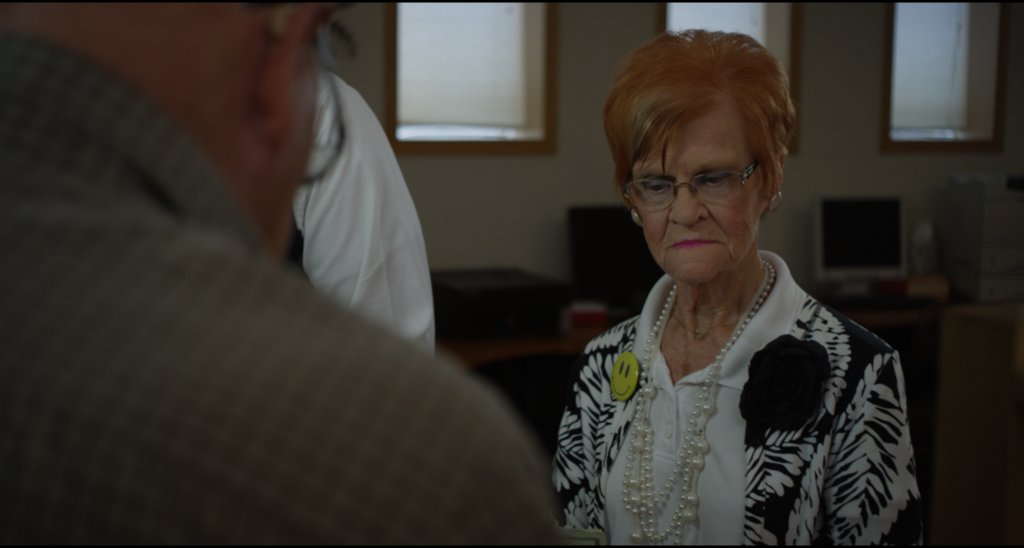
Iney (Greg’s mom-rhymes with ‘tiny’), had been my dream teller from the start. In fact, when I was writing the screenplay, I used the name ‘Iney’ as a placeholder for the teller and it ended up sticking. Iney is young and she isn’t…she’ll never see 90 again but she can dance and take direction with the best of them. As she and her husband had owned the bank before Greg, it was a space in which she was totally comfortable and familiar. It’s such a thrill to see an actor make what some would consider a small role into something huge…which is what Iney did.
That kind of access and support was so important and appreciated throughout our shoot. Thank you Greg! You were a huge huge help. Everyone should shoot a film in their hometown.



